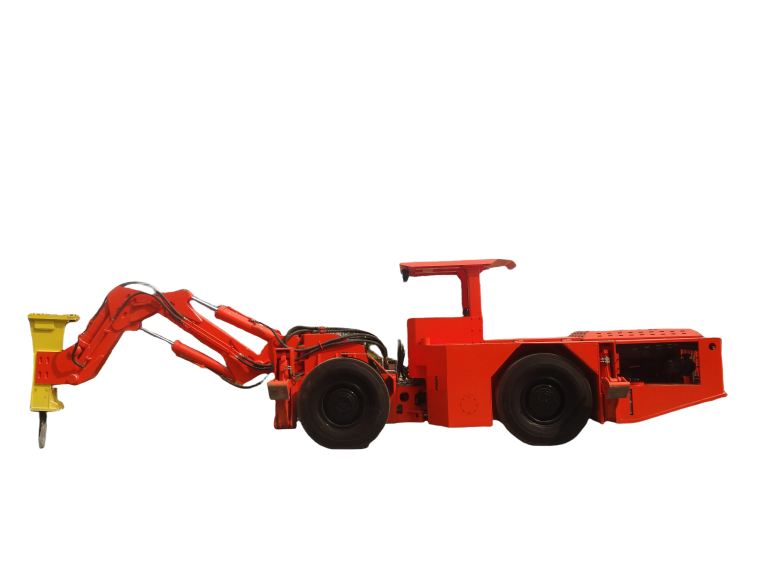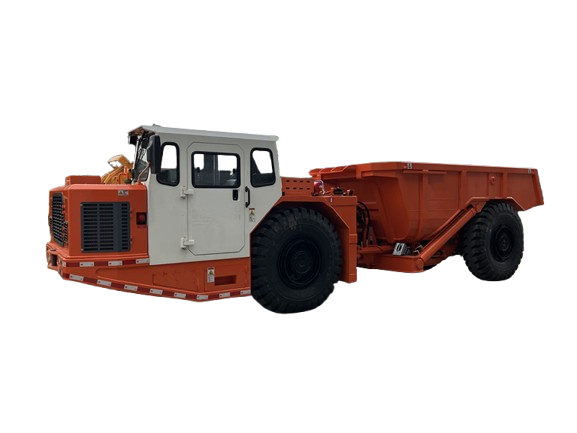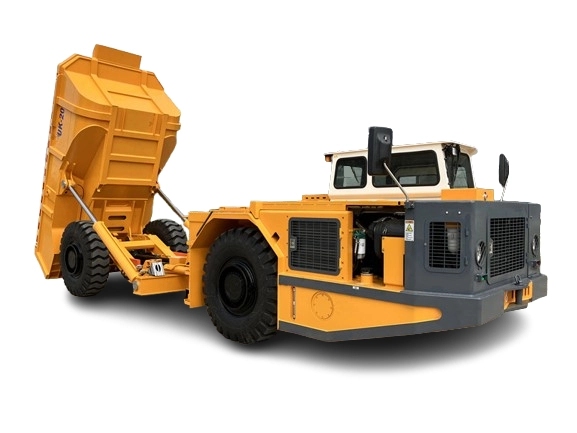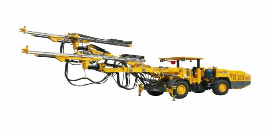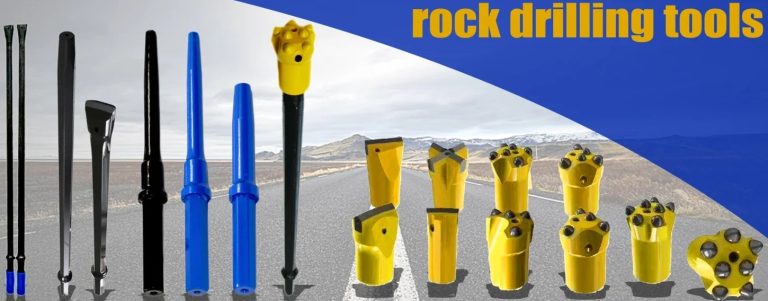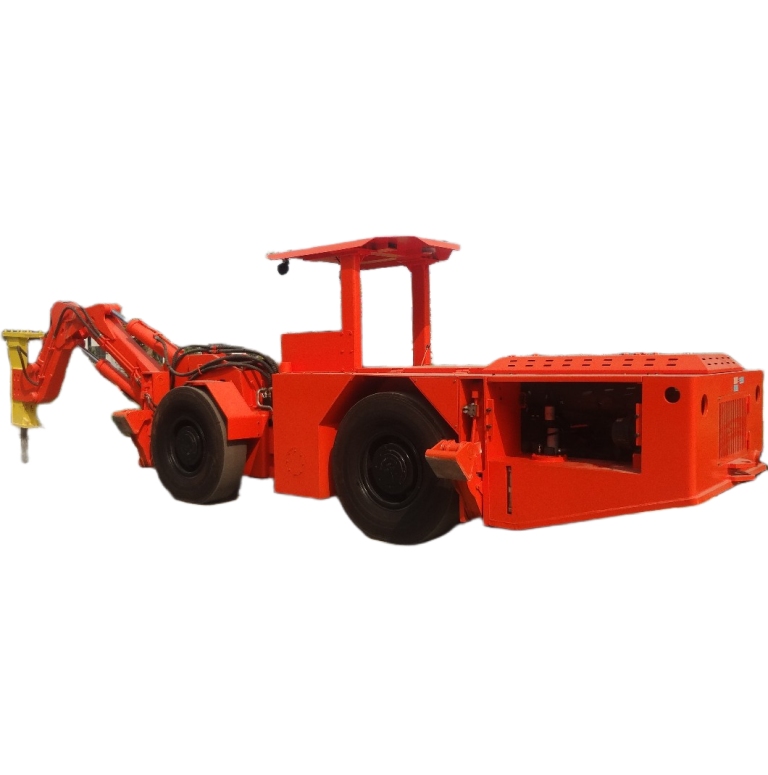Working down in mines brings lots of tough spots. You face cramped areas, hard stone, and the need to keep things going. An underground rock breaker helps a lot here. This strong tool clears blocks, smashes big stones, and keeps work on track. But like any big machine, it needs care. Handle it wrong, and you might see breaks, hurts, or big waits. Do it right, though, and it turns into a trusty helper for your daily tasks.
In this piece, we look at the main do’s and don’ts for running an underground rock breaker. We pull from real mine work and hands-on know-how. We cover ways to get the best from this gear while staying safe. If you run it, manage a site, or are new to underground jobs, these ideas can help a bunch. Let’s get into it.
Understanding Underground Rock Breakers
Before we hit the rules, know what these machines are about. They are more than big hammers. They fit the rough world under the ground.
What Is an Underground Rock Breaker?
Think of a machine that moves on its own, run by fuel, made to break stone in tunnels and mines. It uses fluid power to give steady hits. It chips at walls that blasts might not touch neatly. The breaker hooks to a base, often with an arm that reaches small places. In thin paths or low tops, its small build stands out. It rolls on wheels or tracks, handling bumpy floors with ease.
These breakers hit hard. Their hit strength changes with the task. But control is the big thing. The fluid push sends the bit into the stone. It takes the shake while you sit safe in the seat. That’s why they work well for breaking down, stone pulling, and path making.
Their Role in Underground Mining
In a mine, every minute counts. An underground rock breaker jumps in when big rocks stop loaders or haulers. It opens ways for drill sets or pulls loose bits from sides. Unlike blasts, which rattle everything, breakers give exact work. You aim at just the bad spot. This cuts dust and sound.
In spots like thin stone lines, where room is tight, these tools speed things up. They reduce hand work, so teams can haul more stuff. And they make less noise than booms, which aids air flow and ease for workers. In the long run, right use can drop total bills by quickening steps and trimming fixes.
Key Do’s for Safe and Effective Use
Doing it right begins with basics. Follow these ways, and your underground rock breaker will work great.
Prepare Your Site and Equipment
Start by checking the floor. Make sure it’s steady—no loose bits above or soft parts below. Set the машина on solid ground to stop tips.
Look over the breaker each day. Check lines for drips, the bit for scuffs, and oil spots for right amounts. A fast walk around finds problems early. Keep the seat area clear too. Good sight is key in dark paths.
Operate with Precision
Run the breaker from the driver’s spot always. There, you control the arm and fluids fully. Get a watcher if spots are hidden.
Hold the bit straight to the stone side. Tilt it off, and power drops or it slips. Begin at the stone’s edges, move in. Cracks form on their own this way. Bits fall off neat.
Watch the push. Give even force, not too much. If the stone breaks, back off to skip empty hits. Those send shakes back to the gear.
Follow Safety Protocols
Put on your stuff: head cover, eye shields, hand covers, and ear guards. Flying pieces are serious in tight spots.
Talk clear. Signal your group before you start. Keep others far. In small areas, fresh air matters—look for dust piles.
Here’s a short list for safe begins:
- Make sure all covers and blocks are on.
- Try fluids slow at first.
- Note odd sounds or shakes right then.
These build good ways that stop mishaps and keep jobs smooth.
Maintain Proper Lubrication and Cooling
Oil helps a ton. Put it on turn points and the bit stem as the guide says. It lowers rub and warmth, making things last.
Check motor heat, mainly in warm paths. Wipe screens often to skip hot runs. A cool setup works better and holds up.
Common Don’ts to Avoid
What not to do matters just as much. These slips can harm your gear or more.
Avoid Misuse of the Tool
Don’t use the breaker to twist or lift stones. It’s no lever. That bends the arm or breaks the bit.
Don’t hit one place too long—like over 15 seconds. Shift spots to let stone split. Staying put makes heat and wears the bit quick.
In ditches, stay off sides. Side taps can hurt the machine or drop dirt.
Steer Clear of Unsafe Positions
Don’t let the breaker raise the base off the floor. That shows too much push or bad tilt. It messes balance and risks turns.
Skip dipping the bit in water if you can’t see it. Water covers dangers and rusts parts fast.
Ignore Warning Signs at Your Peril
If lines shake bad, halt. It could mean push trouble. Or if the bit stops, it might stick—don’t push.
Dripping fluid? Stop and mend. Skipping drips brings big fails later.
Quick table of common slips:
| Slip | Why Skip It | Result |
| Using as twist tool | Bad fit for task | Bent parts, stops |
| Hitting one spot long | Makes too much heat | Worn bit, less work |
| Running in blind water | Hidden risks | Rust, danger |
| Skipping shakes | Shows inside issues | Big breaks |
Catch these soon, and you avoid pains.
Skip Improper Storage
Don’t leave the breaker out in wet or dust when off. Cover it and set on dry spot. Skip care, and rust or stuck bits come.
Maintenance Tips for Longevity
Good tending makes a breaker last. Plan checks past daily looks.
Routine Checks and Repairs
Swap screens and liquids on time. Mine dust blocks fast, so lead the way.
Sharpen or change the bit when blunt. A sharp one splits stone easy, uses less power.
Professional Servicing
Call pros for deep checks. They see scuffs you miss, like in push parts or seals.
Count hours. After some time, redo fluids to hold work high.
Points for a good tending plan:
- Each day: Eye check, oil add.
- Each week: Liquid heights, line tight.
- Each month: Full run test, bit shape.
- Each year: Pro look at insides.
This way keeps stops few and work steady.
Building a Strong Mining Operation
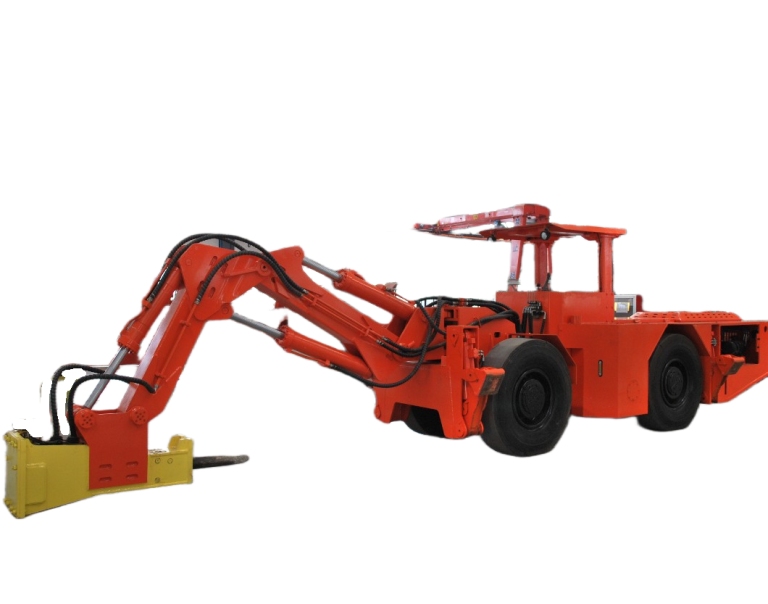
Learning these do’s and don’ts goes past the machine—it’s for your group’s win. Safe running builds faith on site. It drops hurts and lifts spirits. When gear runs good, output rises, and bills fall. Pass these ideas in teach times. Make them your way. Over days, you’ll see less halts and more haul. It’s how good sites shine.
Introducing Yantai Chi Hong Machinery Co., Ltd.
As a solid supplier of underground rock breakers, Yantai Chi Hong Machinery Co., Ltd. has grown steady over 12 years in mining. Set in Yantai, China, with a big 96,000 square meter make spot, the firm has over 300 workers, with skilled tech folks. They have certs like EU CE and ISO9001:2015, with focus on good build from start to sell. Their goods cover key underground tools, with full help like parts, teach, and site aid. Set on speed and trust, they aid mines around the world handle hard tasks with ease.
Заключение
Running an underground rock breaker well brings wins in safe ways, speed, and lasting. Stick to do’s, skip don’ts, and tend it right, and your work sets for good. Keep in mind, it’s not just stone break—it’s smart doing. Talk to pros if need, and keep learning. Your mine will gain.
Часто задаваемые вопросы
What are the main do’s for running an underground rock breaker safe?
Big do’s cover running from the seat for hold, holding the bit straight to stone, and starting at edges. Daily checks and right oil also rank high to stop troubles.
Why skip using an underground rock breaker as twist tool?
Using it to twist or lift harms the arm and bit, brings high fix bills. It’s for break, not pull, so stay with its job for better outs and safe.
How often tend my underground rock breaker?
Daily looks for scuffs and oil are must. Dig deeper each week with liquids, and plan pro help each month or after hard runs to grab issues soon.
What makes an underground rock breaker good for thin paths?
Its small build and exact hold lets move in tight spots, cuts shake and sound next to blasts, helps in close mine spots.
Can an underground rock breaker drop total mine bills?
Yes, right use quickens block clear, cuts hand jobs, and lowers stops with steady run, brings higher output.




